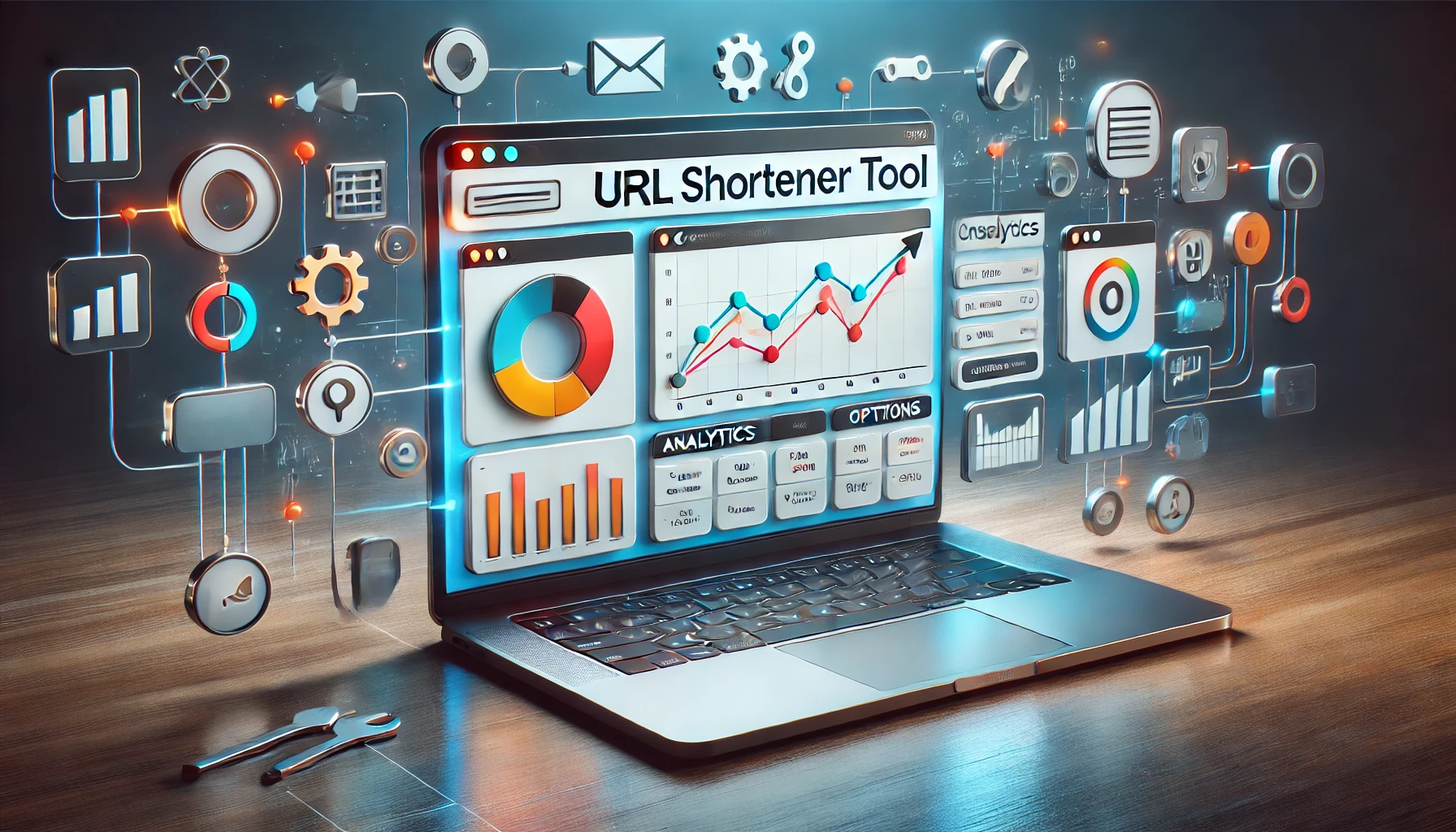The alignment and function of the spine and nervous system are the main topics of chiropractic therapy, which takes a comprehensive approach to health and wellbeing. The Cox and Activator systems are particularly unique and highly specialised among the several chiropractic approaches. These methods provide individuals looking for pain and discomfort reduction efficient, non-invasive treatments.
Understanding the Activator Technique
The Activator Technique is a gentle chiropractic method that employs a handheld device to deliver precise and controlled adjustments.
What is the Activator Method?
The Activator Adjusting Instrument is a tiny, spring-loaded device used in the Activator Method. With the use of this tool, chiropractors may quickly and precisely push certain parts of the spine to realign crooked vertebrae with little effort.
How Does It Work?
In order to restore correct function, this procedure realigns the spine and stimulates nerve activity. The device’s quick impulse reduces pain, which makes it a great option for individuals who may be uncomfortable with manual adjustments.
Who Benefits from the Activator Method?
The Activator Technique often helps patients with ailments including joint dysfunction, back pain, and neck discomfort. Children, elderly people, and others with delicate systems who need a careful approach also like it.
Diving Into the Cox Technique
The Cox Technique, also known as flexion-distraction, is another specialized chiropractic method that focuses on spinal decompression and pain relief.
What is the Cox Technique?
The Cox Technique stretches and decompresses the spine by use of a specifically made table that moves in synchronised patterns. This technique works very well for treating spinal stenosis, sciatica, and herniated discs.
How Does the Cox Technique Work?
Chiropractors may manipulate and gently traction the spine using the flexion-distraction table. This method eases pain and speeds up recovery by lowering pressure on the spinal nerves and discs.
Conditions Treated with the Cox Technique
Patients suffering from chronic back pain, disc injuries, and conditions like scoliosis or arthritis often find relief through the Cox Technique. Its non-invasive nature makes it suitable for individuals of all ages.
Comparing the Activator and Cox Techniques
Although both techniques aim to improve spinal health and relieve pain, their approaches differ significantly.
Key Differences
- Activator Technique: Focuses on targeted adjustments using a handheld device.
- Cox Technique: Involves spinal decompression through the use of a flexion-distraction table.
Similarities
what is the activator and cox technique in chiropractic are non-invasive and soft, which makes them perfect for patients who would rather not use manual adjustments. They are also well-known in the chiropractic field and supported by scientific studies.
Benefits of These Techniques
Both the Activator and Cox techniques offer numerous advantages to patients.
Precise and Targeted Care
The Activator Technique’s instrument ensures precision, while the Cox Technique’s table provides targeted decompression.
Reduced Discomfort
Both methods are designed to minimize discomfort during adjustments, catering to patients with varying pain thresholds.
Holistic Healing
By addressing the root cause of spinal issues, these techniques promote overall well-being beyond just pain relief.
FAQs About the Activator and Cox Techniques
1. Are these techniques safe?
Yes, both the Activator and Cox techniques are safe and widely used by trained chiropractors. They are non-invasive and designed to provide gentle adjustments.
2. How long does a session last?
A typical session for either technique lasts between 15 to 30 minutes, depending on the patient’s condition and treatment plan.
3. Can children receive these treatments?
Absolutely. Both methods are suitable for children, as they use gentle approaches to spinal adjustment.
4. Will I need multiple sessions?
The number of sessions varies based on the severity of your condition. Your chiropractor will recommend a personalized treatment plan.
5. Do these techniques require any downtime?
No downtime is needed. Patients can typically resume their normal activities immediately after treatment.
6. How do I know which technique is right for me?
Your chiropractor will assess your condition and recommend the most appropriate technique based on your specific needs.
Conclusion
With customised treatments for a variety of spinal disorders, what is the activator and cox technique in chiropractic are state-of-the-art methods in chiropractic therapy. These techniques provide efficient routes to relief and better health, regardless of your preference for the decompression advantages of the Cox Technique or the accuracy of the Activator Method. You may choose the strategy that best suits your requirements by speaking with a qualified chiropractor, opening the door to a pain-free, healthier life.










